[Qianjie looking for beans] comparison between Sidamo Sun [Sakuran] and [candle]
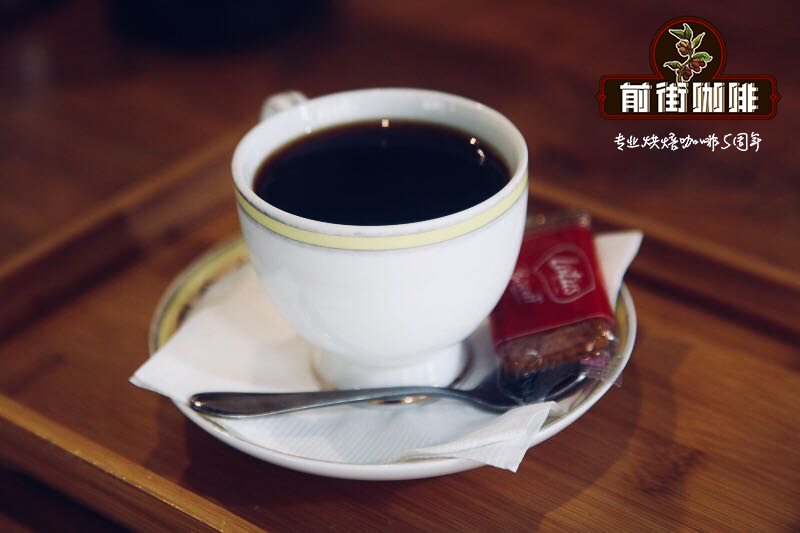
Professional coffee knowledge exchange more coffee bean information please follow the coffee workshop (Wechat official account cafe_style)
The editor has always liked the beans in the Sidamo area, so let's make a comparison of the beans in the Sidamo area today. Please play today's protagonists-[Sakuran] and [candlelight].
Now let's take a look at the growing environment of two beans.
Ethiopian coffee is highly rated in China, especially the Chinese people are particularly interested in and love the producing areas of Sidamo and Yirgacheffe in Ethiopia. Sidama province is located in the south of Ethiopia, with Arsi province in the north, Bale province in the east and Gamu Gofa province in the west.
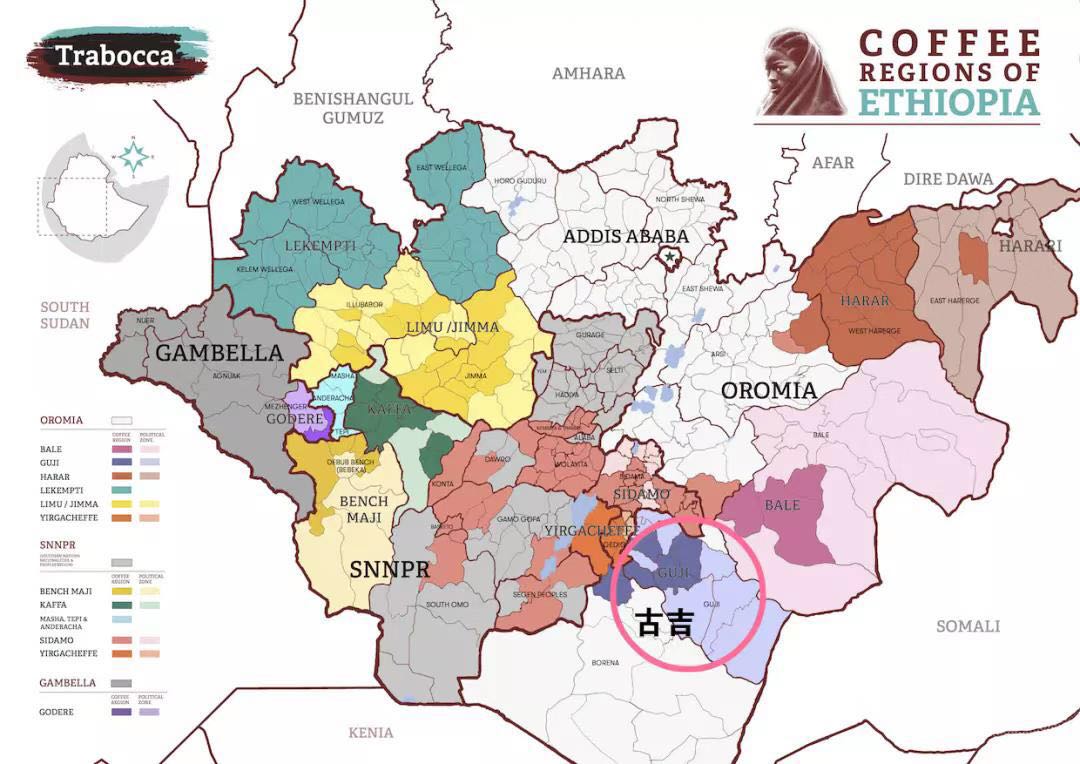
The Ethiopian administrative region is divided into four grades, the order from big to small is Region, Zone, woreda and kebele. Most of the names of raw coffee beans are named according to this rule. For example, Sakui, which is located in the southeast of Yejia Sheffield in the Sidamo producing area, belongs to Oromia Region → Guji Zone Guji → Shakisso woreda Shakiso → Hambella Hambela.
Guji Guji Zone was established as an independent production area by ECX (Ethiopia Commodity Exchange) in 2010 because of its superior geographical location and cup flavor. Shaqisuo is the most attractive micro-producing area in the Guji producing area, located in the southeast of Yega Snow, with an average elevation of more than 1800 meters above sea level.
[Huakui]
Sakuran belongs to a single farm system (we temporarily call it Single Farm Project, SFP for short)
Huakui production area: Guji Guji, Shakisso,Hambella Humbera, there are about 20 processing plants of various sizes in Hambella production area at present. Hongshun, as a coffee raw bean company in Ethiopia coffee producing area, has set up four sun treatment plants in Ethiopia in cooperation with GUJI zone Hambella since 2016, and conducted a series of studies on sun treatment methods using high quality coffee varieties in the region during the 17x18 production season. There are four manor processing plants in the core production area of Hambella, namely, "Dire" church treatment plant, "mansa" mountain pond treatment plant, "Bobea" red flag treatment plant and "Goro baessa" mountain spring treatment plant. Goro baessa is a small village surrounded by mountains at an altitude of 2280 meters. December is its coffee harvest season. Whenever the mountains are covered with red and mature coffee cherry, the village is neatly arranged on African tanning beds. This is where Sakuran deals with it. The Huakui 2.0 we tasted came from the micro-batch of Shanquan treatment plant.
[candle]
[candlelight] this bean comes from a company called 90 +.
Producing area: 90+SNNP, Sidama (Sidamo), ETHIOPIA (Ethiopia)
According to the recently updated map of 90 +, there are 8 SNNP producing areas:
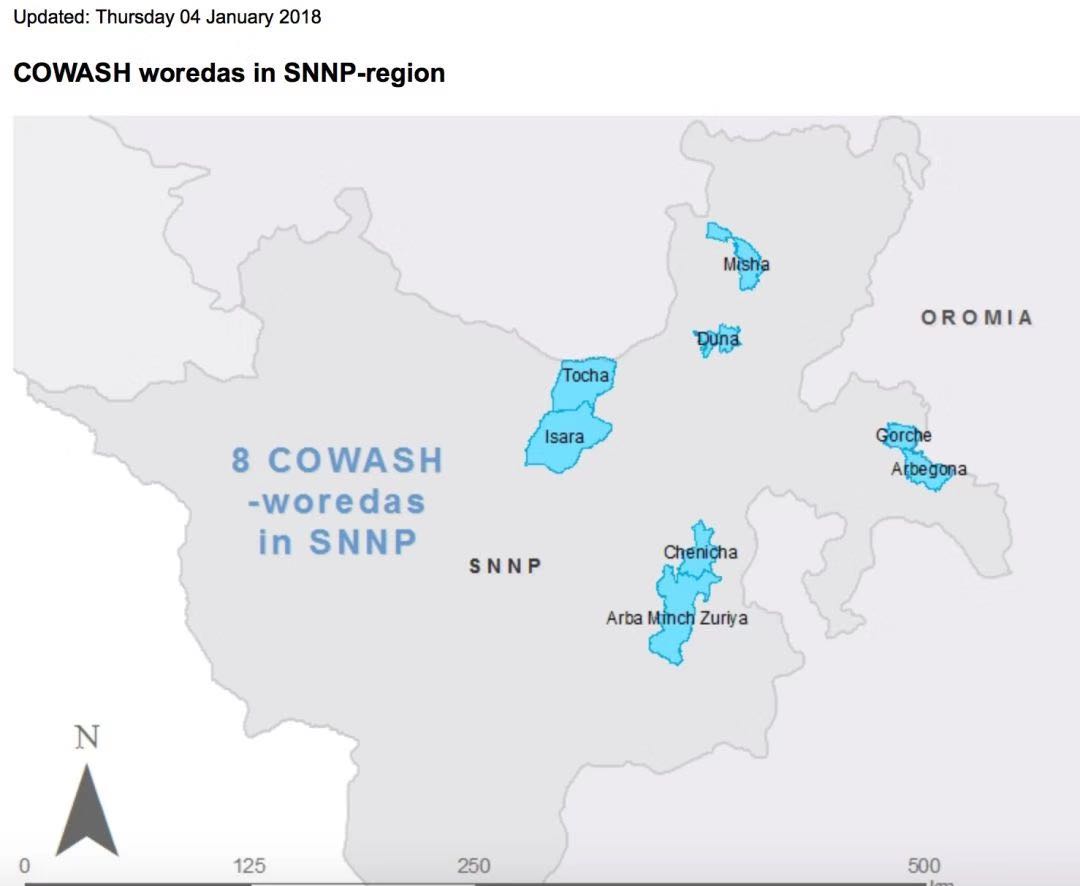
Joseph Brodsky founded Ninety Plus (90 +) in 2006. 90+ adopts a cooperative model with the local manor, with complete control from planting, sampling and harvesting to subsequent processing and cup testing. 90 + exclusive Profile Processing ensures that each coffee bean has a unique and stable flavor trend and quality, while 90 + coffee is unique in the market with the marketing method like high-end red wine.
Sun treatment
[Sakuran] only choose all red fruits, fully ripe coffee cherries, all manual picking, African scaffolding to dry, limit the thickness of the fruit layer and turn it regularly for 24 hours, the manor has a unique natural environment for low-temperature fermentation.
In the harvest and treatment season (December-January), its unique growth environment and natural climate created the unique flavor of Huakui. The sugar content of the red fructose we are picking is more than 30 before we start sun treatment. In the first two days of the sun, it is necessary to ensure the humidity of the red fruit so that its fructose fully begins to ferment. At the same time, the high-altitude geographical location, so that the night temperature of the treatment plant can be reduced to about 12 degrees Celsius, and will not produce the smell of excessive fermentation because the temperature is too high. When the temperature is relatively high at noon, it will be shielded to prevent sunburn of red fruit.
Huakui 2.0, Shanquan treatment plant micro-batch, red fructose content more than 21 before the start of sun treatment, so the sweetness is quite high, plus low-temperature fermentation for 21 days (usually more than 10 days), to ensure uniform sun exposure and ventilation, more accurate grasp of the degree of fermentation.
After picking, coffee cherries are sorted by hand before and after being placed in the promoted bed. Staff must remove any immature cherries and look for any holes with coffee pulp borer (broca).
The elevated bed allows cherries to be kept on a clean surface, circulates with the wind and helps them dry evenly. The key is to keep the cherries thin and move them regularly to ensure that they are evenly dry.
Drying period: in the first three days, cherries are exposed to sunshine and cold nights. After the third day, cover them between 12:00 and 2 o'clock, which is the hottest day. It is important to make room on the bed when the coffee is blocked. After 20-25 days, the coffee reached the ideal water content.
Raw bean comparison
[Huakui] and [Candlestick] are both native species, which look at them and feel similar in length and uneven in size. After careful observation, it is found that [Huakui] will be shorter and more rounded, the color will be a little yellow, and it will smell fresh aromas such as strawberries and grass; [candle] particles will be slender, greenish and slightly grayish, with fermented aromas of oranges and citrus fruits.
Baking comparison
Roaster Yangjia 800N (baking capacity 550g)
[Huakui]
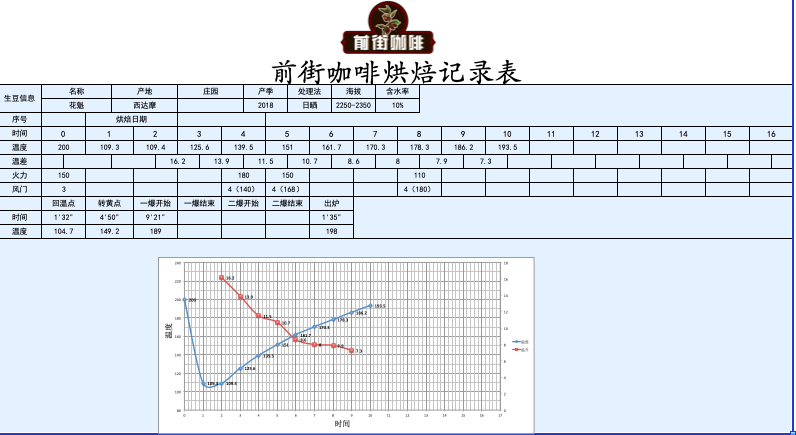
The furnace temperature is 200 degrees Celsius, the throttle is opened 3, the firepower is 150, the throttle is unchanged, the temperature recovery point is 1: 39 / 32 ", when the furnace temperature is 140 ℃, the firepower is adjusted to 180, the throttle is opened to 4; at this time, the bean surface turns yellow, the smell of grass disappears completely, and enters the dehydration stage. When the furnace temperature reaches 168℃, the firepower is adjusted to 150 degrees, and the throttle remains unchanged.

The smell of toasted bread has obviously changed to the smell of coffee, which can be defined as a prelude to an explosion. At this time, it is necessary to listen clearly to the sound of the explosion point. The sound of the explosion point begins to explode at the time of the explosion. Adjust the firepower to 120 degrees Celsius, keep the throttle at 4 degrees, and develop the smell of coffee toast to 35 degrees after an explosion.
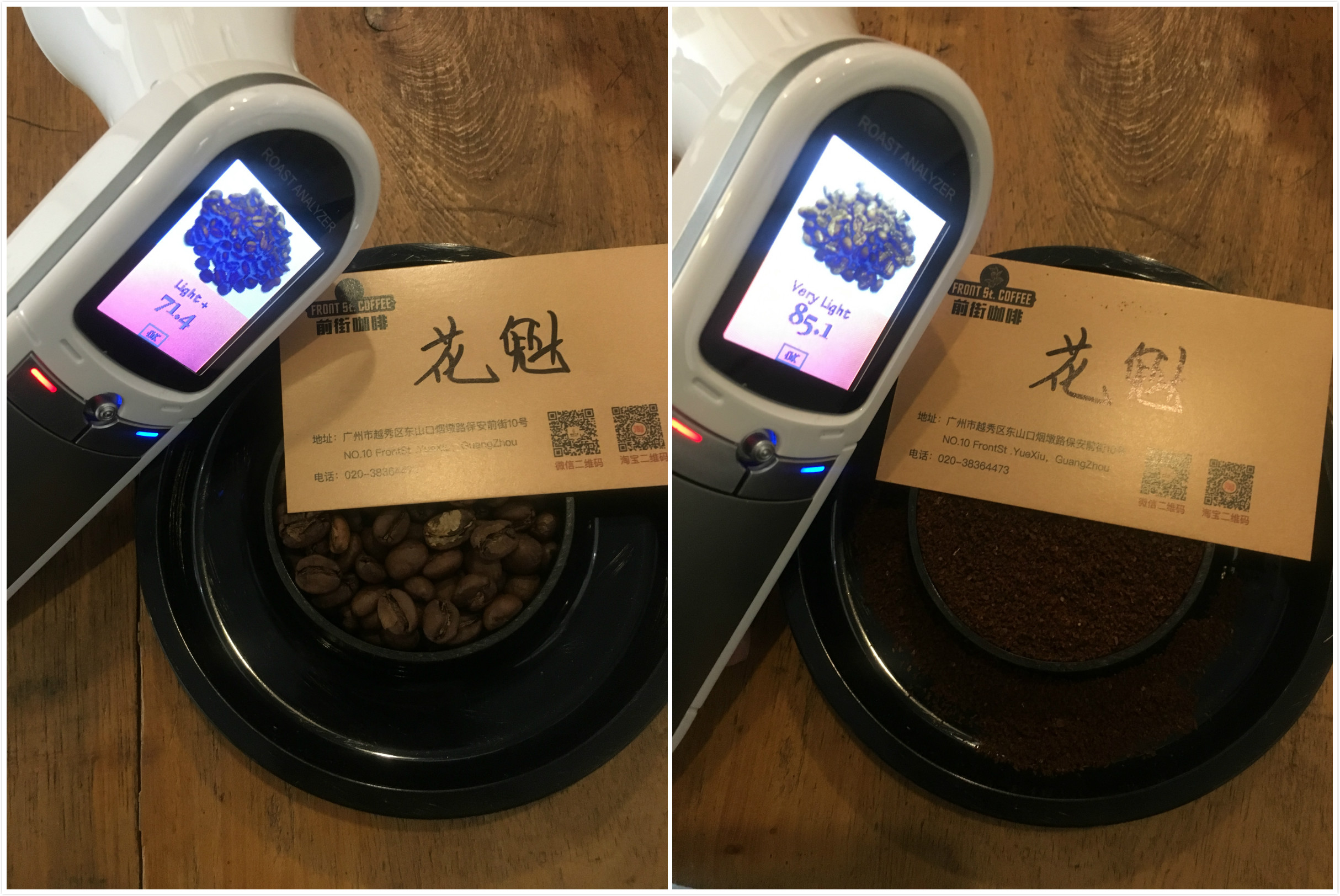
Agrton bean color value is 71.4 (left), Agrton pink value is 85.1 (right) Roast Delta value is 13.7.
[candle]
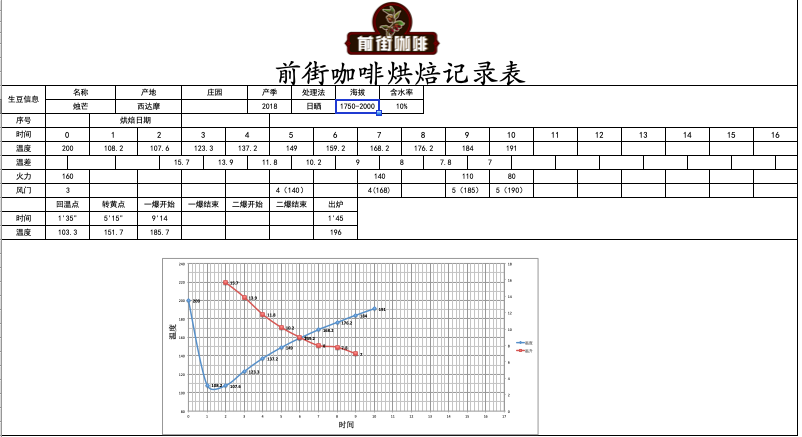
The furnace temperature is 200 degrees Celsius, the throttle is set at 3, the firepower is 160C, the throttle is unchanged, the temperature recovery point is 1mm 39% 32 ", and the furnace temperature is adjusted to 4 when the furnace temperature is 140". At this time, the bean surface turns yellow, the smell of grass disappears completely, and enters the dehydration stage. When the furnace temperature reaches 168℃, the firepower is adjusted to 140C, and the throttle remains unchanged.
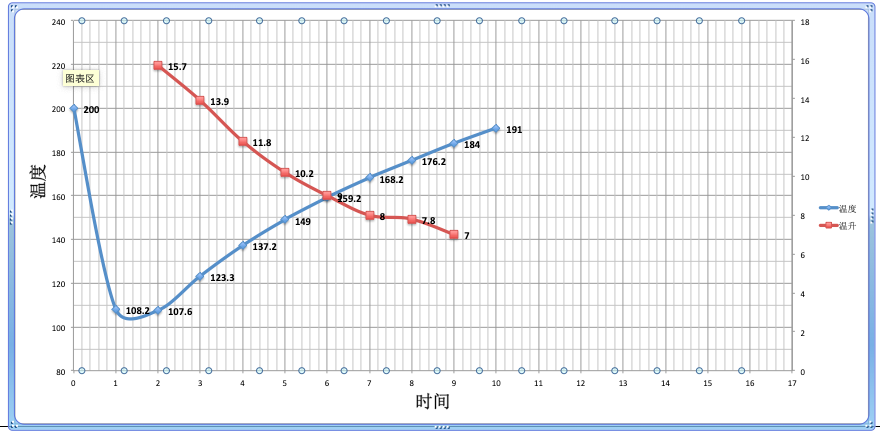
The smell of toasted bread has obviously changed to the smell of coffee, which can be defined as a prelude to an explosion. At this time, it is necessary to listen carefully to the sound of the explosion point, when the firepower drops to 110, the throttle is adjusted to 5, and the fire power drops to 110, the throttle is adjusted to 5, and the pot is boiled at 196 degrees.
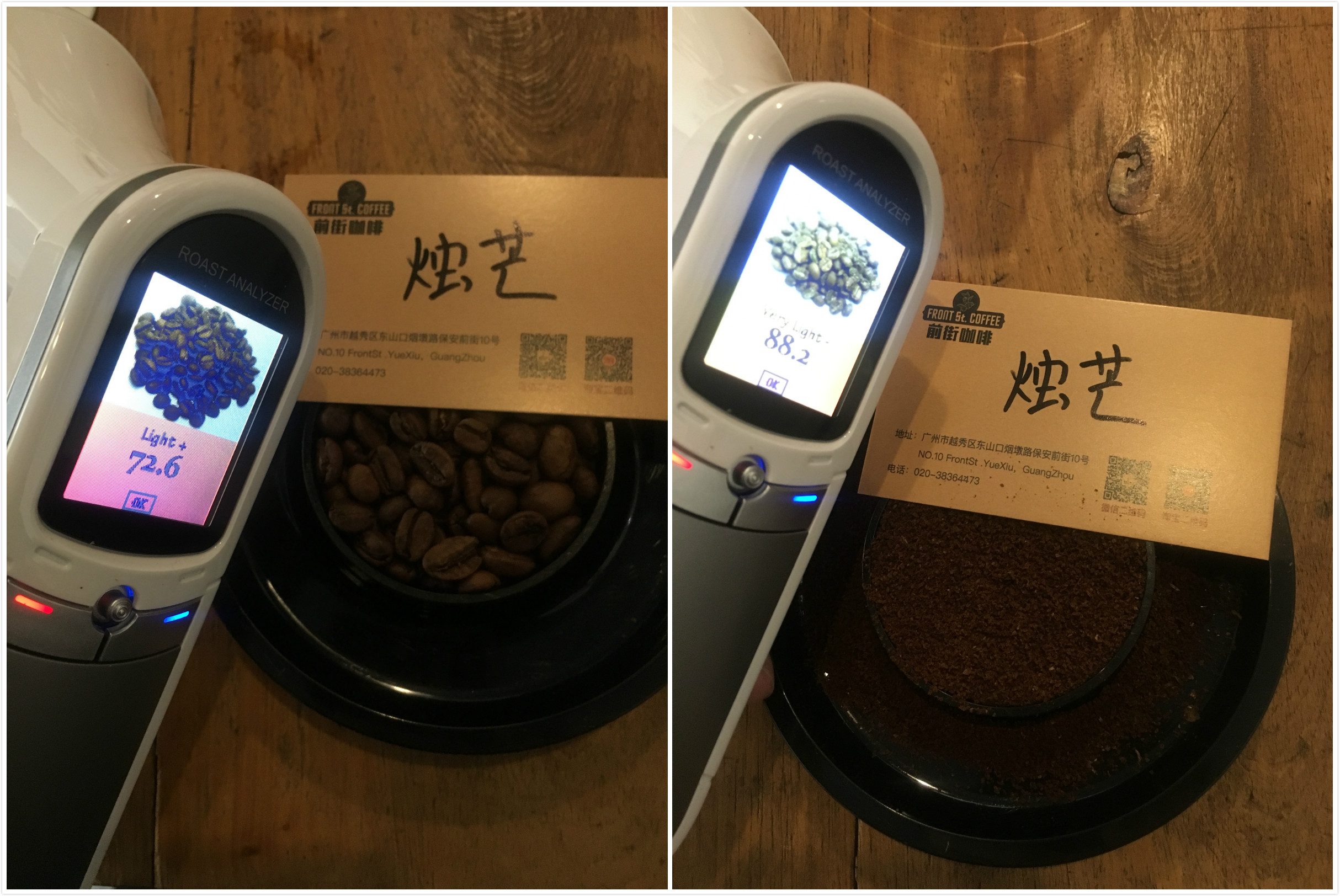
Agrton bean value is 72.6 (left), Agrton pink value is 88.2 (right) Roast Delta value is 15.6.
Cup test comparison
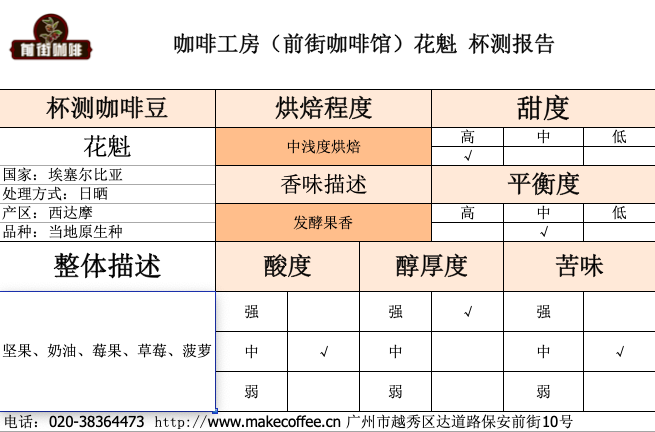
[Sakuran] Cup test: nuts, cream, berries, strawberries, pineapple, fermented wine

[candle] Cup test: citric acid, citrus, orange, nut, fermented wine, passion fruit.
Comparative summary of brewing and cooking
Let's see what the flavor of the two beans will be after being baked and finally cooked.
Cooking parameters: 90 ℃ / grinding degree BG-5R/1:15/V60
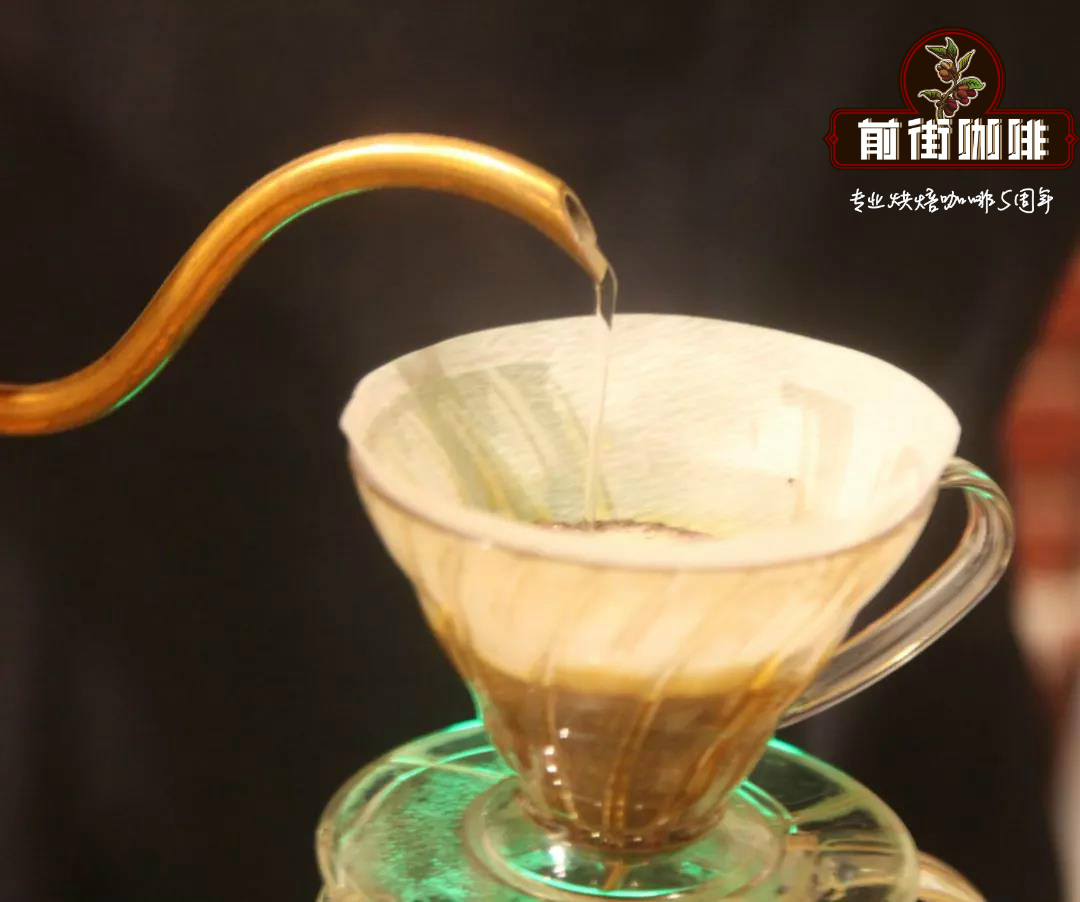
Technique: 15 grams of coffee powder steamed with 30 grams of water for 30 seconds, then injected to 125 grams, then injected to 225 grams after seeing the powder bed, see the powder bed to remove the filter cup, the total extraction time: 2 minutes
[Huakui] Flavor feels more nutty and creamy, while [candle] feels richer in citrus fruit, cleaner in taste and more lively in sour taste.
END
Important Notice :
前街咖啡 FrontStreet Coffee has moved to new addredd:
FrontStreet Coffee Address: 315,Donghua East Road,GuangZhou
Tel:020 38364473
- Prev

What is the difference between charcoal coffee and other coffee? Compare in terms of taste, production and flavor.
Professional coffee knowledge exchange more information on coffee beans Please follow the coffee workshop (official Wechat account cafe_style) charcoal roasted coffee is produced in Japan, which was first named after the Japanese roasted coffee beans with charcoal. This kind of coffee does have a charcoal-burning taste, but it will not be very strong. It retains the original taste of coffee and has a pure taste, which may be clearer than the Japanese eating habits.
- Next
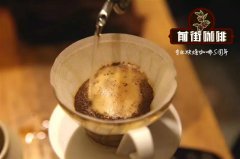
What's the flavor of coffee in Guatemala?
Let's learn about the description of the regional characteristics of the coffee bean growing areas in Guatemala. Guatemala is rich in natural resources, which makes Guatemalan coffee beans very amorous. the common tonality is elegant and lively, clean and layered, with green malic acid, jasmine, orange peel, green pepper and cocoa, and some finishes have a strong smoky flavor.
Related
- Detailed explanation of Jadeite planting Land in Panamanian Jadeite Manor introduction to the grading system of Jadeite competitive bidding, Red bid, Green bid and Rose Summer
- Story of Coffee planting in Brenka region of Costa Rica Stonehenge Manor anaerobic heavy honey treatment of flavor mouth
- What's on the barrel of Blue Mountain Coffee beans?
- Can American coffee also pull flowers? How to use hot American style to pull out a good-looking pattern?
- Can you make a cold extract with coffee beans? What is the right proportion for cold-extracted coffee formula?
- Indonesian PWN Gold Mandrine Coffee Origin Features Flavor How to Chong? Mandolin coffee is American.
- A brief introduction to the flavor characteristics of Brazilian yellow bourbon coffee beans
- What is the effect of different water quality on the flavor of cold-extracted coffee? What kind of water is best for brewing coffee?
- Why do you think of Rose Summer whenever you mention Panamanian coffee?
- Introduction to the characteristics of authentic blue mountain coffee bean producing areas? What is the CIB Coffee Authority in Jamaica?

